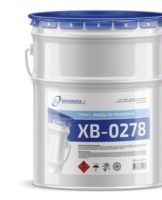Types of decorative sand effect wall paints and how to apply the coating
Decorative wall paint with a sand effect can be applied to the surface without much difficulty. It's not plaster. This is a special paint that gives the wall a decorative look. Sparkles, mother-of-pearl are introduced into the composition of these paint materials, which is why the painted surface shines and at the same time has a rough, uneven texture. The coating looks like scattered sand. The composition is used for decoration of exterior and interior walls.
Peculiarities of the composition of sand effect paints
In the paints and varnishes market (LKM) there is a special type of product - sand effect paint. In appearance (on the wall) it looks like decorative plaster. Although it is a paint with fillers, copolymers, additives, pigments and, of course, quartz sand. These products belong to the structural type (texture).
Types of sand effect paint materials:
- aqueous acrylic dispersion;
- water-based latex emulsion.
Depending on the composition of the paint, the materials can be used for interior and exterior work. Acrylic dispersions are commonly used for interior wall painting.These compositions are diluted with water (5 percent of the total). Apply with a roller, brush onto a prepared and primed surface. The latex emulsion is also diluted with water, it can be used both indoors and for painting the facade.
Each paint has a creamy consistency and a translucent texture. It is applied to the prepared, plastered and primed wall using a brush or roller. After painting, the water evaporates, the coating undergoes a polymerization process, a solid layer is formed on the wall, which does not let moisture through and does not lend itself to abrasion.
The main feature of such paint materials is a textured, heterogeneous and rough coating, reminiscent of sand scattered on the wall or sand dunes. For more decorativeness, mother-of-pearl is introduced into the composition, giving the painted surface a shimmer. The range of colors is varied. The material is semi-covering, so it is important to paint the surface with acrylic in a color suitable for the tone before using the sanding composition.
Advantages and disadvantages of applying sand paint
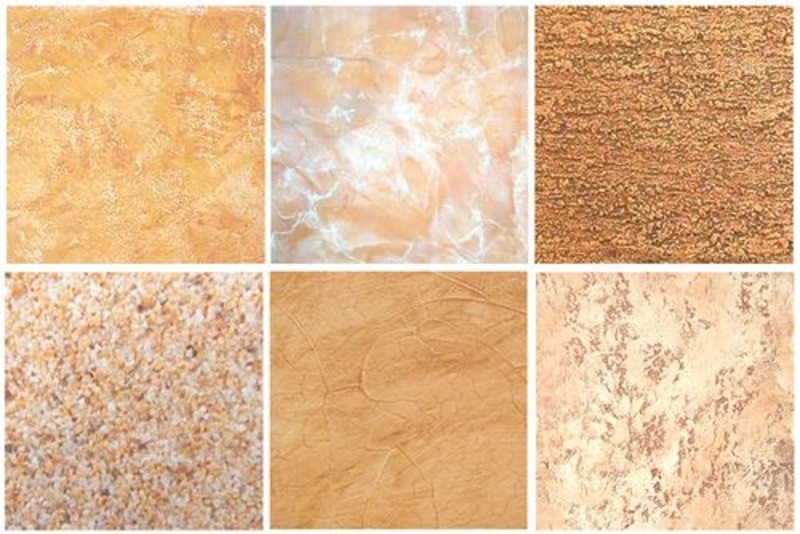
Varieties
Depending on the composition (introduced components), sand paints are matt and pearlescent. When choosing paint materials for repairs, the style and features of the interior are taken into account.
Mast
Most paint materials that contain sand in the composition have a matte sheen. This feature gives the painted wall a more natural look. The matte sand-effect surface is in harmony with the natural materials used in the interior (stone, wood).
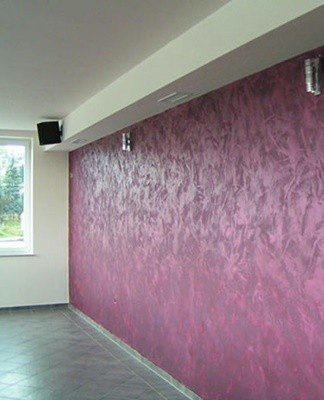
mother-of-pearl
There are sparkles in the pearlescent composition, which give the painted surface a faint shimmer. The glossy surface visually expands the room. This mother-of-pearl sand paint can be used even in small rooms.
Coating steps
Before using the sand composition, it is recommended to calculate the consumption and purchase paint materials for the entire surface of the painted surface. When painting, you should always remember that it is not plaster. The coating will be thin. Immediately after applying the composition to the wall, it will not look very attractive. The full beauty of sandblasting paint will be revealed only after the layer dries.
Coaching
Before painting the wall with sand paint, you need to prepare it. The surface must be perfectly flat, coated and primed. The ground is chosen for deep penetration. It is recommended to paint the wall with an acrylic dispersion, similar in color to the sandy composition. Such a layer will serve as a kind of substrate for a decorative coating with sand. Wait until the prepared surface is completely dry before applying the sand paint.
Layer application
Before use, it is recommended to thoroughly mix the paint with sand and dilute it with water, adding 5-10% of the total liquid. Pigment is added if necessary. The paint is mixed with unhurried movements for 2 minutes. It is advisable even during the work (when painting the plinth) to interfere with the composition from time to time.
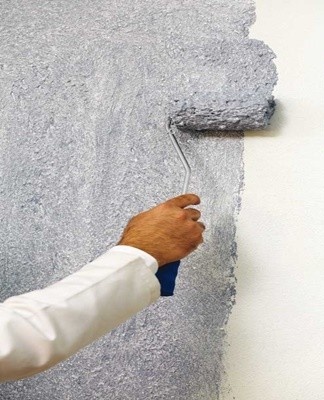
To create a textured surface, the paint should be applied to the wall and dispersed with a brush. You can pick up the composition with a spatula, roller. It is recommended to use a flute brush to paint, it is hard and wide. The paint is applied to the wall in a circular motion or parallel strokes are made. The drawing depends on the application technique (circular, wavy, parallel), which, after drying, will appear on the wall. True, it will be possible to see it only after the sand paint has completely dried.
The composition is usually applied to the wall in 2 layers. The coating is thin but rough. The first layer should dry well. It usually takes 5-8 hours. Then a second coat is applied over the first coat of sand paint. It also dries for 5-8 hours.
The end
The painted surface dries completely in 24 hours. At the time of drying, the room temperature should be + 5 ... + 20 degrees Celsius. It is not necessary to additionally varnish the painted surface. 5 days after painting, it is allowed to wipe the coating with a damp cloth during cleaning.
Frequently Asked Questions
How to make the coating more embossed and decorative?
Answer: To do this, you need to apply a thick sand paint to the wall, that is, paint without adding water.The decorativeness of the coating depends on the technique of applying the composition and the tools used when painting.
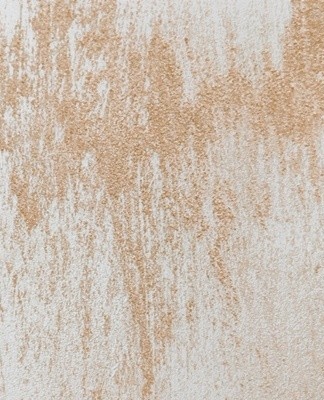
How Much Sand Paint Should You Buy?
Answer: Before buying, calculate the area to be painted. To do this, the length of the wall is multiplied by the width. The value is obtained in meters. On the packaging or label of each sandblasted paint, its consumption is listed. Usually 1 liter is enough to paint 5-8 square meters. m area. If you need to paint a room of 20 square meters, buy 3-4 liters of paint or 3-4 cans, if each contains 1 liter.
Application examples indoors
Using sand paint, you can create an original coating on the wall that looks like expensive Venetian plaster. True, it is much easier to work with such paint.
A variety of textures that can be obtained with a sandy composition:
- sand dunes with mother-of-pearl for the living room - the paint is applied to the wall in undulating circular movements;
- sand scattered on the wall for the kitchen - the composition is applied evenly to the surface, as if rubbed against the wall;
- heterogeneous sandy pearly texture for the bathroom - first, a layer of coarse paint is applied in several places and left to dry, then it is crossed with a more liquid composition, evenly distributing it over the surface.



